An investigation is like a puzzle. It requires a methodical approach as well as seeing the bigger picture, two qualities that Kurosawa stresses, as he is not only attentive to the mystery surrounding the murders but also to the unreliability of memory. These are prominent as well as acutely distressing elements, elements that affect Detective Takabe’s perception of reality to the point where he can’t bear the thought of unsolved crimes, to the point where he can’t bear the thought of leaving the puzzle unfinished even if the answers are ambiguous. This is unnerving for two reasons: it illustrates that Takabe is inseparable from his investigation, and it takes its toll on his psyche, the latter of which is of particular interest in that while Kurosawa is dealing with amnesia, he is also dealing with the loss of sanity. As such, he portrays psychological distress in a multifaceted yet convincing manner.
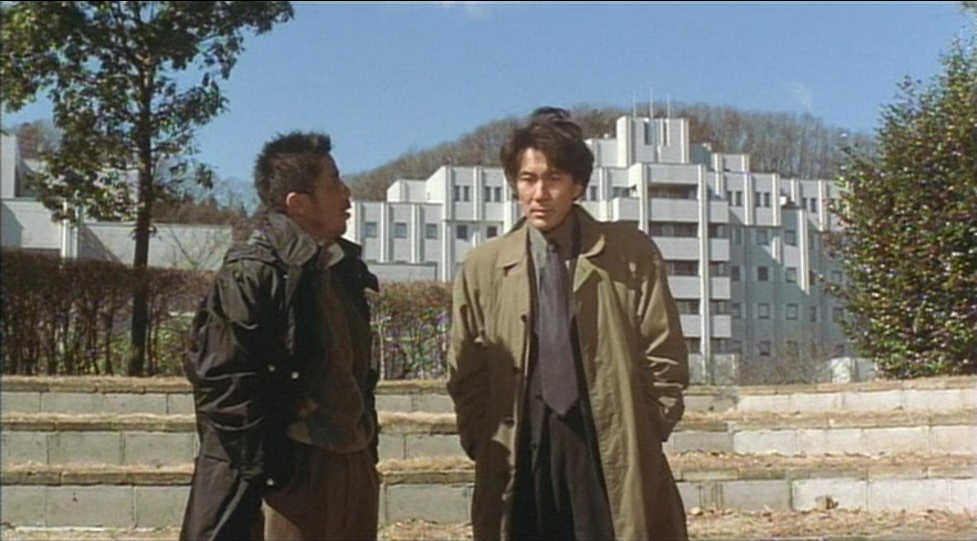
Cure is a journey, not in the sense of getting from point A to point B, but rather a journey into the mind. It is a journey in which judgment becomes clouded and disorientation becomes prevalent; it is a journey in which navigation invites uncertainty. Not only does this add to the intrigue, but it is also a means by which Kurosawa establishes mood, and so in addition to psychological distress, there is a palpable sense of dread. This is effective because the mystery surrounding the murders is complementary to the complications that Takabe’s investigation presents, so as he makes discoveries, the fact that he is in too deep can’t be ignored. This is something that Kurosawa is mindful of as Takabe gains insight into the murders. As a watershed moment, this adds to the allure of the mystery while also standing out as a shocking revelation.
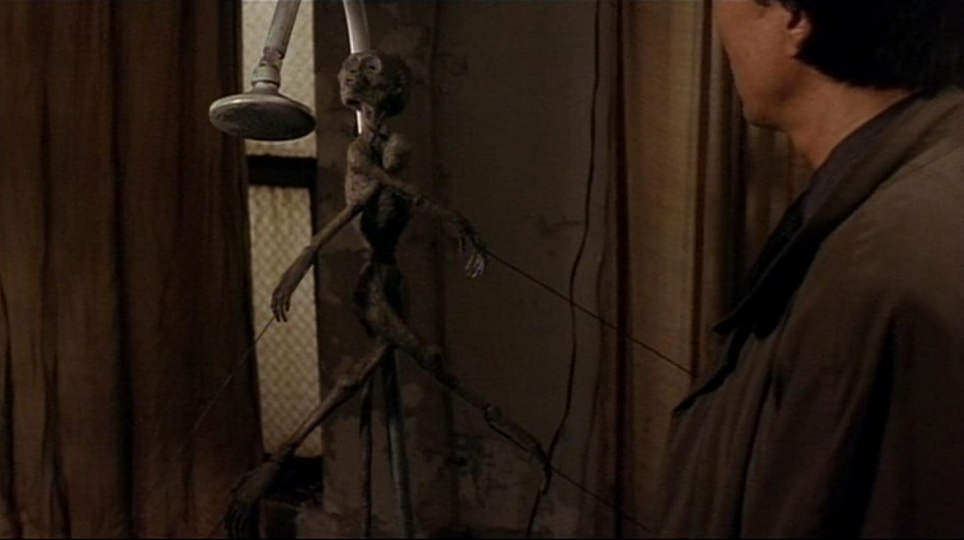
During my viewing of Cure, I took note of some things, namely: hallucinations; the lighter; carotid arteries; Mamiya’s tendency to evasive questions; hypnotism; Takabe’s troubled relationship with his wife; allusions to dual personalities; the meaning behind the X; the regaining and loss of memory; and murder committed without reason. These are all present; these are all worthy of attention because they not only speak to the fact that the film is layered but also because Kurosawa is making use of elements to immerse the viewer, and as he does, he evokes a sense of discovery. In this sense, he is attentive to details that arouse interest while also retaining an aura. It’s a well-thought-out approach, and it goes to show that Kurosawa’s world is one in which crimes and the means by which they are carried out are as elusive as they are intriguing.
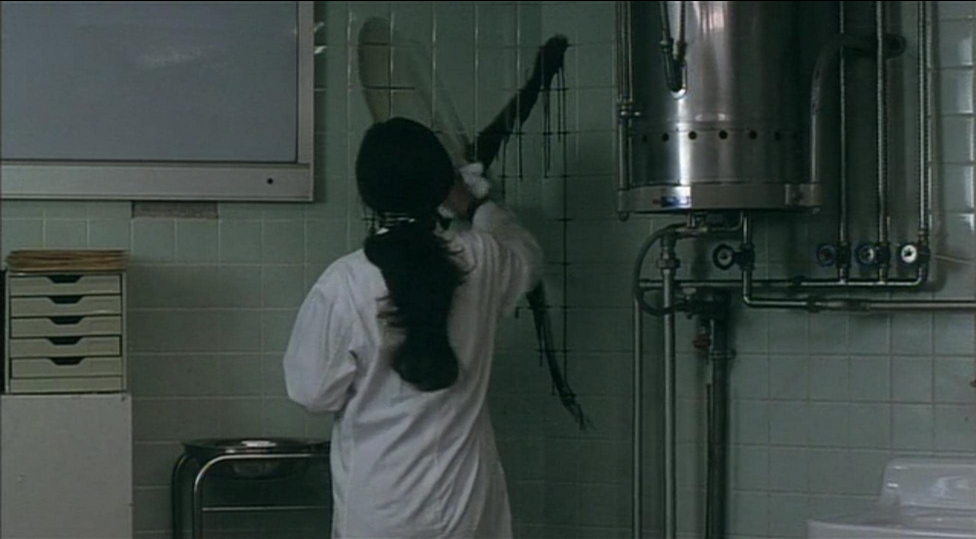
I really think that if I were to revisit Cure, I would notice things that I didn’t pick up on my initial viewing. It has left me with this impression, and I must say I’m glad it did. The scope of the film is quite apparent, and it’s something that I’m beginning to notice when it comes to Japanese films. I have much to look forward to in that regard, and with that in mind, I’m excited to look at them in a new light.

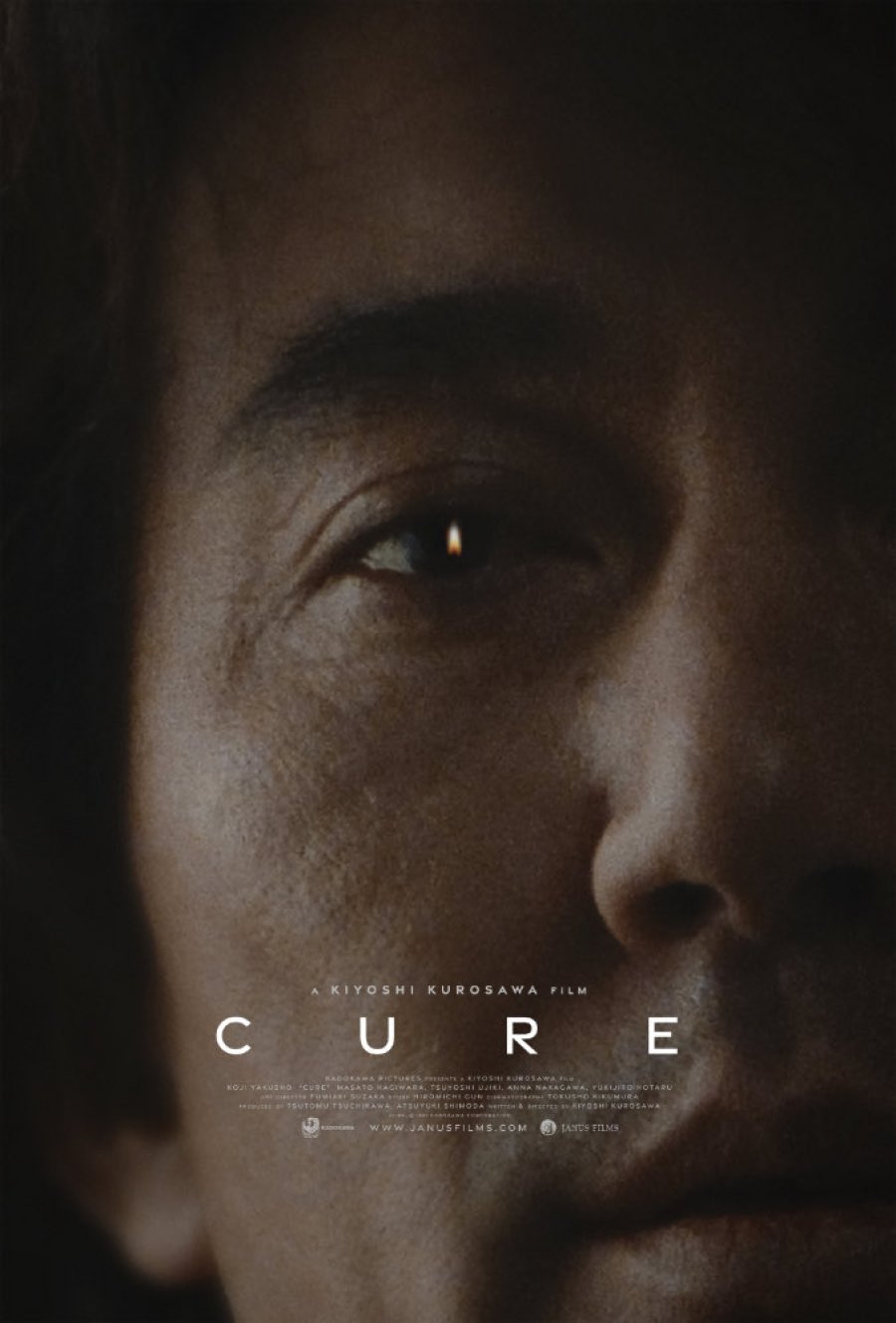
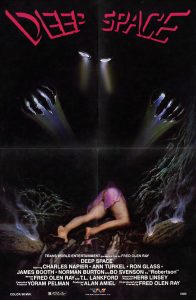
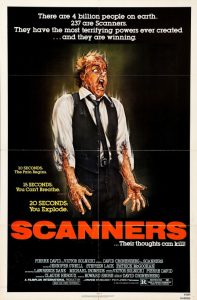
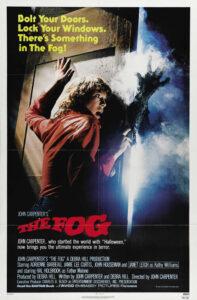
No comments! Be the first commenter?